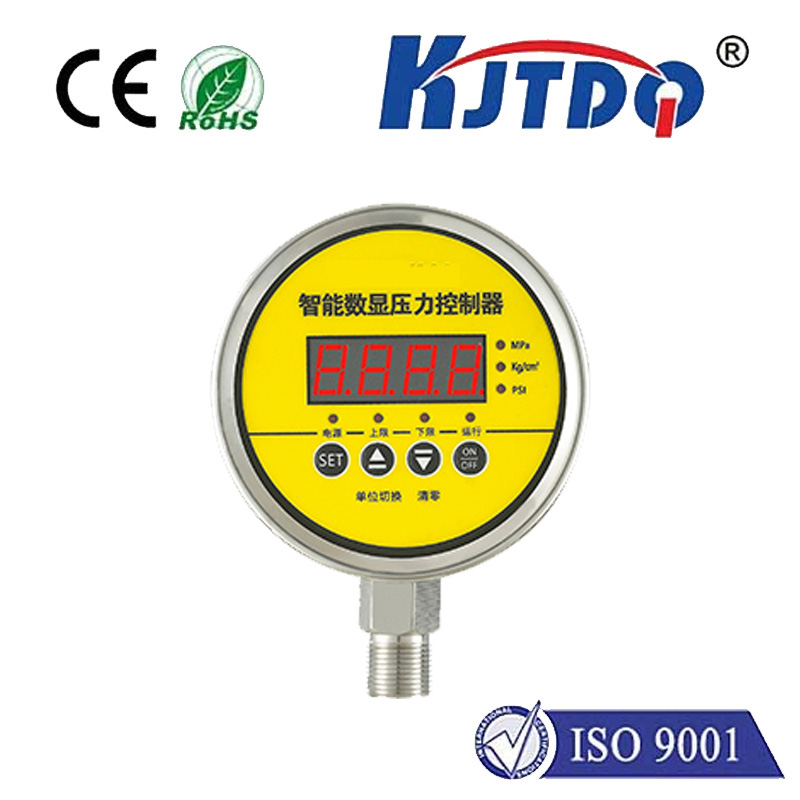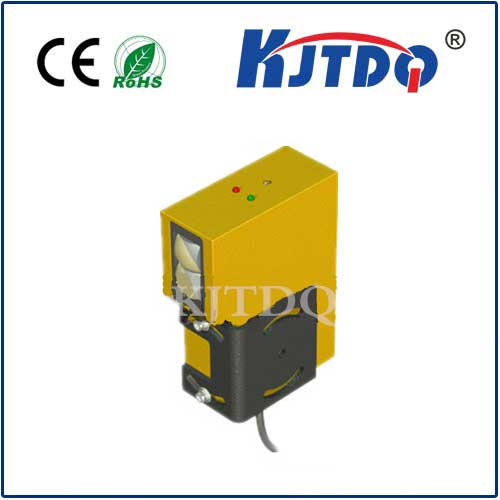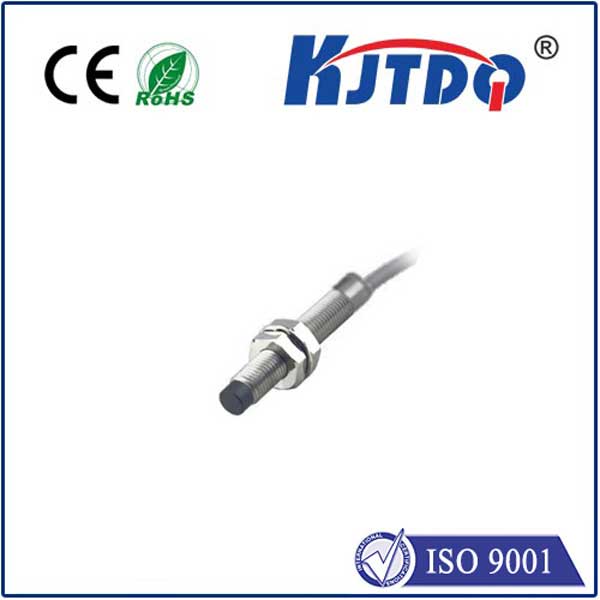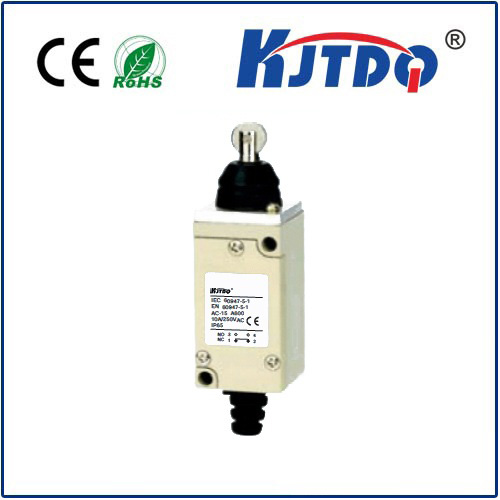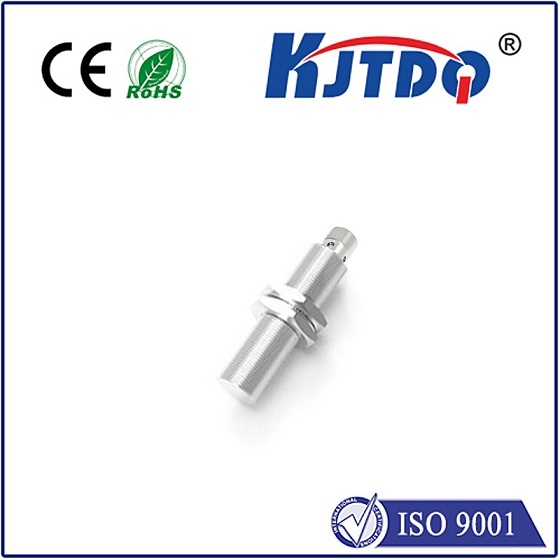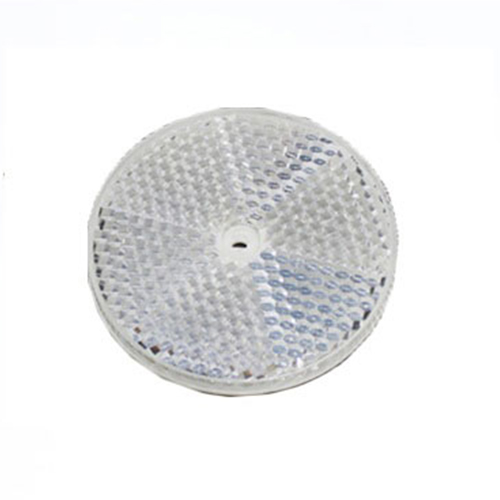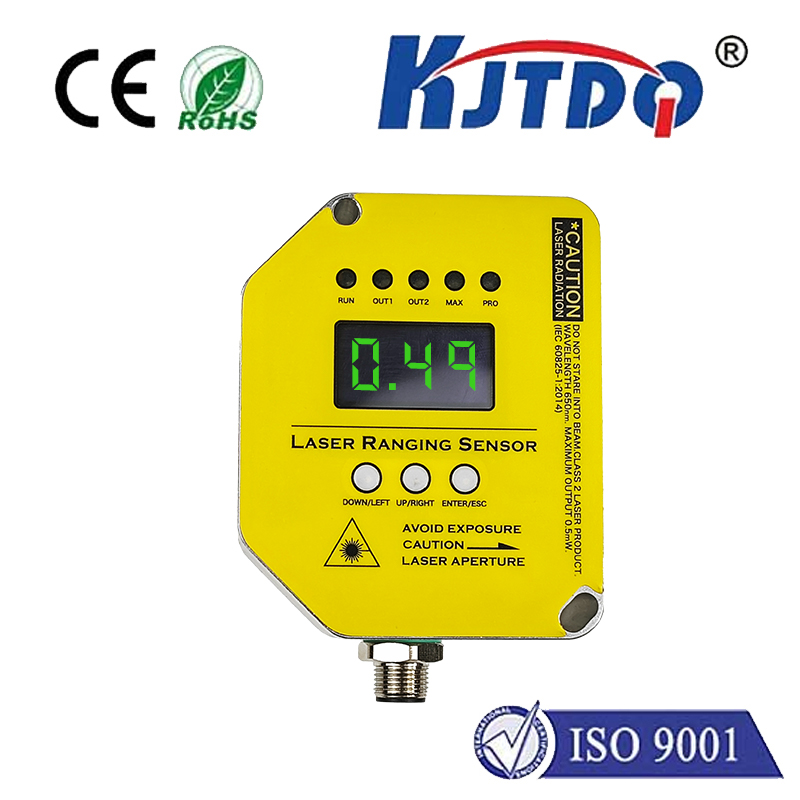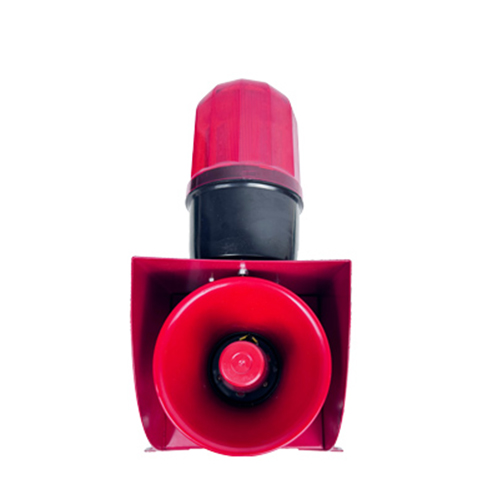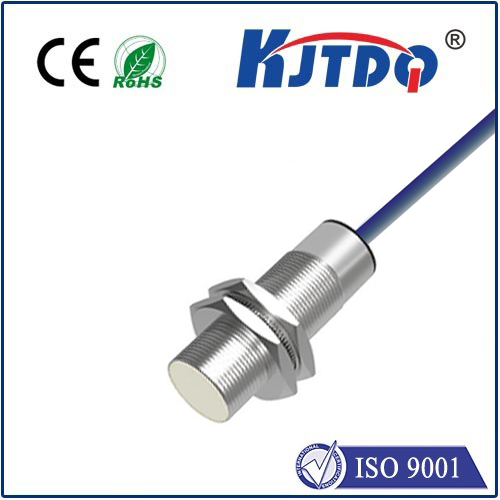Proximity Switch Sensors: The Invisible Guardians of Modern Automation
Imagine a world where machines interact seamlessly with their environment, detecting objects without a single touch – no physical wear, no mechanical fatigue, just silent, reliable operation. This is precisely the reality enabled by proximity switch sensors, the unassuming yet indispensable components underpinning countless automated processes. Far from being simple switches, these technological marvels represent a fundamental shift towards smarter, more efficient, and robust industrial and consumer applications, silently ensuring precision and safety where mechanical contacts would falter.
So, what exactly is a proximity switch sensor? At its core, it’s a solid-state electronic device engineered to detect the presence or absence of a target object within a specific range – without any physical contact. Unlike traditional limit switches that require a physical nudge, proximity sensors operate based on changes in an electromagnetic field or other physical properties, triggering an output signal as the target enters their detection zone. This non-contact principle is the secret to their remarkable longevity and reliability, making them ideal for harsh environments laden with dust, moisture, vibration, or where rapid, frequent detection is paramount.
Understanding the Core Mechanism & Key Types

The magic lies in the sensor’s ability to sense an intruding object through an energy field disruption. The most prevalent technologies include:
Inductive Proximity Sensors: These reign supreme in industrial settings for detecting metallic targets. The sensor generates an oscillating electromagnetic field. When a ferrous or non-ferrous metal object enters this field, it induces small eddy currents on the target’s surface. This current draw damps the oscillation within the sensor’s coil. Internal circuitry detects this energy loss and switches the sensor’s output state (e.g., from ‘off’ to ‘on’). Their robustness and immunity to environmental contaminants like oil or dirt make them perfect for metal detection in machinery, assembly lines (e.g., counting pistons), and position control.
Capacitive Proximity Sensors: These sensors detect a much broader range of materials, including metals, plastics, wood, liquids, powders, and even granular substances. They work by generating an electrostatic field. Any object entering this field alters its capacitance – essentially the ability to store an electrical charge. The sensor detects this change in capacitance, regardless of the target’s conductivity. This versatility makes capacitive proximity switches invaluable for level detection in tanks (liquids, grains), presence detection of non-metallic objects (e.g., glass bottles, wood panels), and assembly verification involving diverse materials.
Photoelectric Sensors: While often categorized separately, many function as proximity devices, especially diffuse-reflective types. They emit a beam of light (visible, infrared, or laser). Detection occurs when the emitted light is interrupted (in through-beam types) or reflected back to the receiver (in diffuse-reflective types) by the target object. They excel at detecting objects at greater distances than inductive or capacitive sensors and can sense virtually any material that interrupts or reflects light. Common uses include object counting on high-speed conveyors, bottle filling level control, and part presence verification over variable distances.
Ultrasonic Proximity Sensors: These emit high-frequency sound waves and measure the time taken for an echo to return after bouncing off a target. The time-of-flight calculation determines distance or simply presence. They work well with various materials and surfaces, including clear objects or liquids, and are less affected by color or transparency than optical sensors. Applications include distance measurement, level sensing in silos, and pallet detection.
Magnetic Proximity Sensors (Reed Switches): These specifically detect the presence of a permanent magnet. Inside the sensor, two ferromagnetic reeds are sealed within a glass tube. When a magnet approaches, the reeds are magnetized and attract each other, closing the electrical circuit. Known for their simplicity, low power consumption, and high reliability, they are widely used in applications like door/window security sensors and position sensing where a magnet can be attached to a moving part.
The Unrivaled Advantages Driving Adoption
The shift from mechanical switches to non-contact proximity sensors offers compelling benefits that directly impact efficiency, cost, and uptime:
